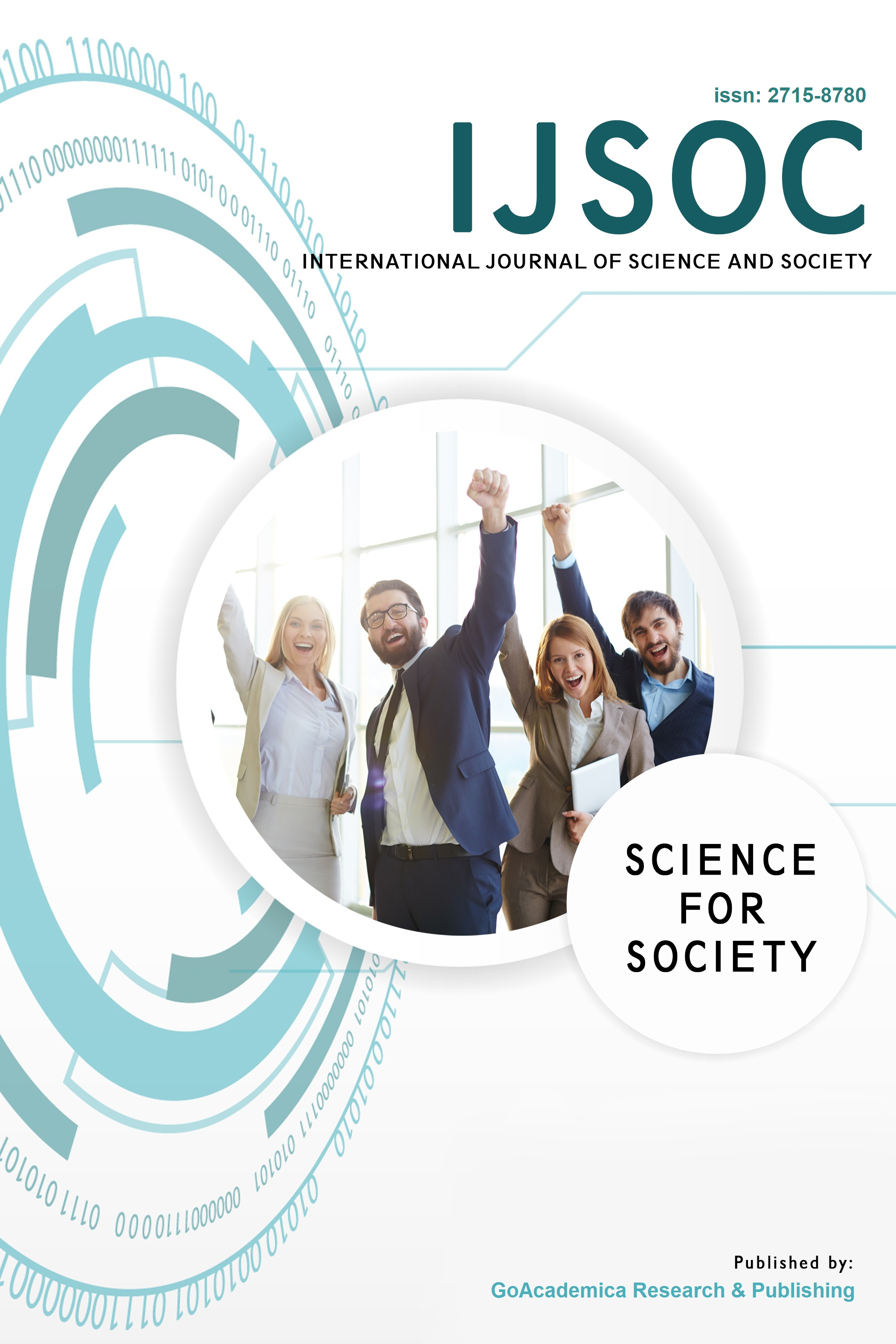Green Economic Transformation: Opportunities and Challenges for Sustainable Development
Abstract
This article examines the transformative journey towards a green economy, a critical pathway for achieving sustainable development globally. It defines the green economy concept, emphasizing its integration of environmental sustainability with economic and social progress. The focus is on technological innovations like renewable energy and sustainable agriculture, highlighting their roles in reducing environmental degradation, creating jobs, and enhancing global market competitiveness. The paper also explores policy frameworks and international cooperation essential for this transition, analyzing successful global and national initiatives. Despite the potential benefits, the transition faces challenges including financial constraints, skill gaps, and resistance from traditional industries. Strategies to overcome these barriers are discussed, emphasizing government roles, private sector investment, and public awareness. The article concludes by underscoring the long-term economic, social, and environmental benefits of a fully-realized green economy, providing insights for policymakers, industry leaders, and stakeholders in this transformative journey.
References
Acemoglu, D., Aghion, P., Bursztyn, L., & Hemous, D. (2012). The environment and directed technical change. American Economic Review, 102(1), 131-166.
Altieri, M. A., Funes-Monzote, F. R., & Petersen, P. (2015). Agroecologically efficient agricultural systems for smallholder farmers: Contributions to food sovereignty. Agronomy for Sustainable Development, 35(1), 111-124.
Barbier, E. B. (2011). The policy challenges for green economy and sustainable economic development. Natural Resources Forum, 35(3), 233-245.
Bina, O. (2013). The green economy and sustainable development: An uneasy balance?. Environment and Planning C: Government and Policy, 31(6), 1023-1047.
Bowen, A., & Hepburn, C. (2014). Green growth: An assessment. Oxford Review of Economic Policy, 30(3), 407-422.
Buckley, R. (2012). Sustainable tourism: Research and reality. Annals of Tourism Research, 39(2), 528-546.
Elmqvist, T., Redman, C. L., Barthel, S., Costanza, R., & Gómez-Baggethun, E. (2015). Urban resilience and sustainability: The role of a green economy. Cambridge University Press.
Falkner, R. (2016). The Paris Agreement and the new logic of international climate politics. International Affairs, 92(5), 1107-1125.
Flammer, C. (2020). Corporate green bonds. Journal of Financial Economics, 142(2), 499-516.
Geissdoerfer, M., Savaget, P., Bocken, N. M., & Hultink, E. J. (2017). The Circular Economy – A new sustainability paradigm?. Journal of Cleaner Production, 143, 757-768.
Hale, T., & Roger, C. (2014). Orchestration and transnational climate governance. Review of International Organizations, 9(1), 59-82.
International Energy Agency. (2020). World Energy Outlook 2020. IEA Publications. Link
International Renewable Energy Agency. (2017). Renewable energy benefits: Leveraging local capacity for onshore wind. IRENA.
Jacobs, M. (2012). Green growth: Economic theory and political discourse. Centre for Climate Change Economics and Policy Working Paper No. 108.
Kollmuss, A., & Agyeman, J. (2002). Mind the gap: Why do people act environmentally and what are the barriers to pro-environmental behavior? Environmental Education Research, 8(3), 239-260.
Kramers, A., Höjer, M., Lövehagen, N., & Wangel, J. (2014). Smart sustainable cities – Exploring ICT solutions for reduced energy use in cities. Environmental Modelling & Software, 56, 52-62.
Loiseau, E., Saikku, L., Antikainen, R., Droste, N., Hansjürgens, B., Pitkänen, K., Leskinen, P., Kuikman, P., & Thomsen, M. (2016). Green economy and related concepts: An overview. Journal of Cleaner Production, 139, 361-371.
Mathews, J. A., & Tan, H. (2014). Economics: Manufacture renewables to build energy security. Nature, 513(7517), 166-168.
Parag, Y., & Sovacool, B. K. (2016). Electricity market design for the prosumer era. Nature Energy, 1(4), 1-6.
Pearce, D., Markandya, A., & Barbier, E. B. (1989). Blueprint for a green economy. Earthscan.
Perez, C. (2013). Unleashing a golden age after the financial collapse: Drawing lessons from history. Environmental Innovation and Societal Transitions, 6, 9-23.
Pretty, J., Toulmin, C., & Williams, S. (2006). Sustainable intensification in African agriculture. International Journal of Agricultural Sustainability, 4(2), 102-109.
REN21. (2018). Renewables 2018 Global Status Report. REN21 Secretariat. Link
Sachs, J. D. (2012). From millennium development goals to sustainable development goals. The Lancet, 379(9832), 2206-2211.
Sachs, J. D. (2015). The Age of Sustainable Development. Columbia University Press.
Schiederig, T., Tietze, F., & Herstatt, C. (2012). Green innovation in technology and innovation management – an exploratory literature review. R&D Management, 42(2), 180-192.
Sovacool, B. K. (2009). Rejecting renewables: The socio-technical impediments to renewable electricity in the United States. Energy Policy, 37(11), 4500-4513.
United Nations Environment Programme. (2011). Towards a Green Economy: Pathways to Sustainable Development and Poverty Eradication. UNEP. Link
United Nations. (2015). Sustainable Development Goals. United Nations.
Wiek, A., Withycombe, L., & Redman, C. L. (2011). Key competencies in sustainability: A reference framework for academic program development. Sustainability Science, 6(2), 203-218.
World Bank. (2012). Inclusive green growth: The pathway to sustainable development. World Bank.
Copyright (c) 2023 International Journal of Science and Society

This work is licensed under a Creative Commons Attribution-NonCommercial-ShareAlike 4.0 International License.



.png)

.jpg)
.png)

.png)
.png)
.png)
1.png)

.jpg)



-modified.png)
-modified.png)


-modified.png)



